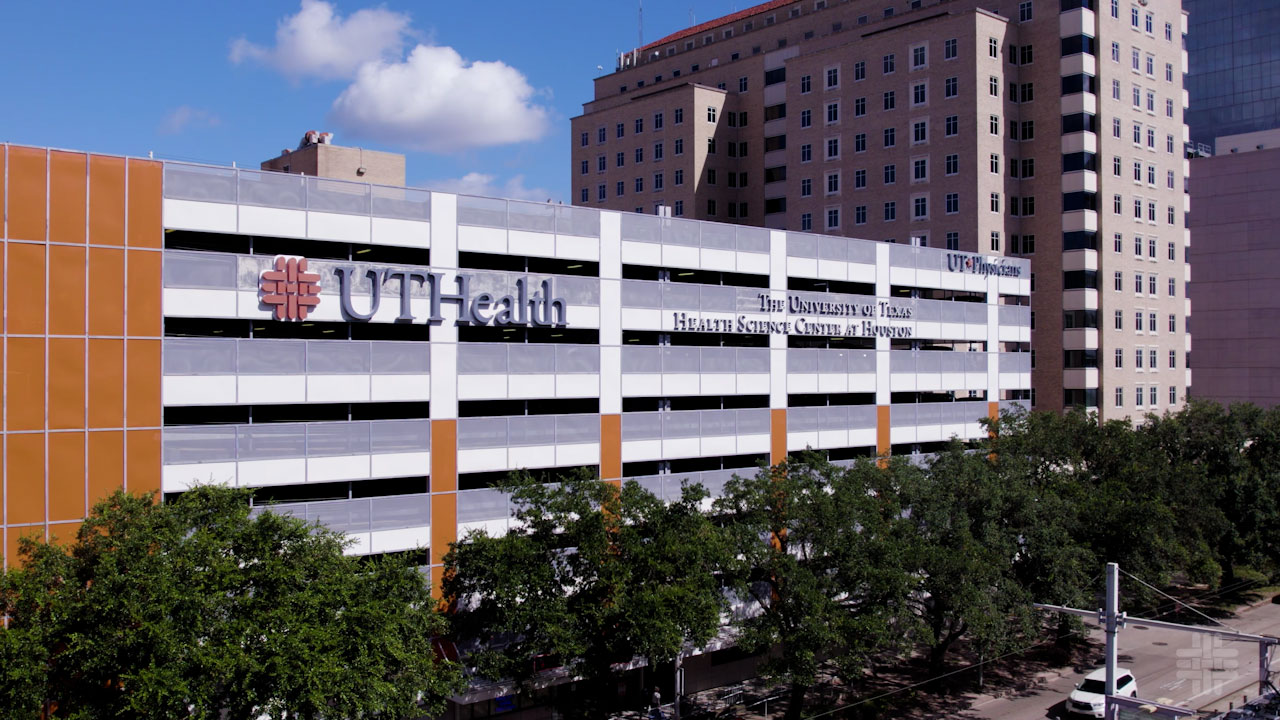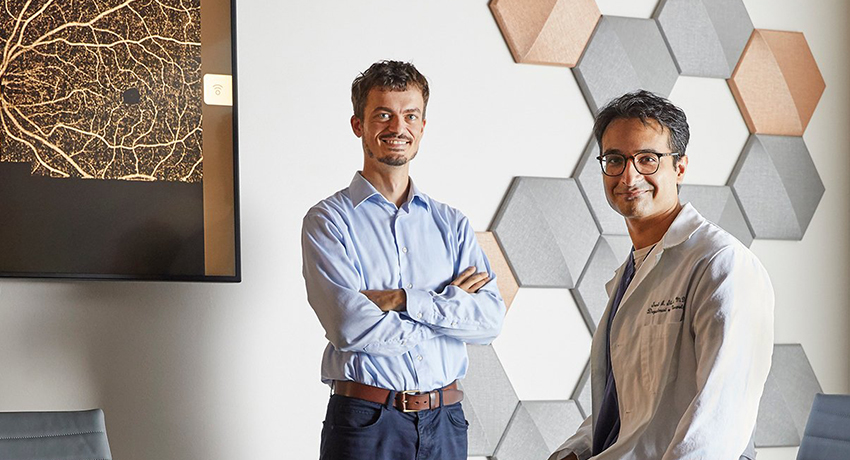Improving clinical outcomes in stroke patients by closing a gap between successful re-opening of a blocked vessel through endovascular surgery and a reduction of disability is the focus of a $2.5 million grant awarded to UTHealth Houston researchers.
The five-year study, funded by an award (1R01NS138765-01) from the National Institute of Neurological Disorders and Stroke, part of the National Institutes of Health, will include the creation of a machine-learning tool that can be used to predict which stroke patients with large blood vessel blockages will benefit most from endovascular therapy.
“There have been two tenets for treating large vessel occlusions that we have followed,” said Sunil A. Sheth, MD, principal investigator and associate professor in the Department of Neurology at McGovern Medical School at UTHealth Houston. “The first is that the sooner you treat them, the better, and the second is that if a large area of the brain is already dead based on imaging, there’s no point in trying to open up the blockage.”
But Sheth said in the past few years, stroke physicians have noted that those tenets don’t always hold true. New studies are showing that even a day or more after a stroke, and even with a large area of damage, patients can still have good clinical outcomes with endovascular therapy. Alternately, patients who meet the metrics predicting a good outcome after endovascular therapy sometimes don’t benefit. While doctors can unblock the artery and restore blood flow in over 90% of patients, over 50% of those are still left with moderate to severe disability.
“This is shaking our core of deciding who we treat, and when, and how, but also, how we are evaluating them? Our current methods of determining benefit with imaging are not good enough,” Sheth said.
According to the CDC, an ischemic stroke occurs when a blood clot or other particle blocks a blood vessel in the brain. In about one-third of patients, clot-busting medications can break up the occlusion. But when the blockage is large, medication alone often doesn’t work. So physicians may opt to remove it with endovascular therapy, where a catheter is guided through an artery in the groin or wrist and up into the brain to remove the clot.
Sheth is joined by two other lead investigators: Luca Giancardo, PhD, associate professor with the Department of Health Data Science and Artificial Intelligence at D. Bradley McWilliams School of Bioinformatics at UTHealth Houston, and Santiago Ortega-Gutiérrez, MD, MSc, clinical associate professor of neurology in Carver College of Medicine at University of Iowa Health Care.
They will create a database of imaging and clinical outcomes in patients whose blockages have been successfully opened, called reperfusion, from three U.S. hospitals. This will allow them to identify clinical and imaging-based predictors of damage in the brain after reperfusion.
The UTHealth Houston researchers will create a machine-learning model to predict the likelihood of brain tissue viability and clinical outcomes from data taken before the endovascular therapy treatment and after reperfusion. A deep-learning model will also be created with imaging information, along with clinical history and stroke-severity measures, to help identify those patients where recanalization with endovascular therapy treatment alone is not enough to result in good clinical outcomes.
“We are letting an algorithm learn the visual features that are predictive to doing well, or not doing well,” Giancardo said. “It’s not that machine learning or AI see things that are invisible. They see things that are there. But finding correlations between multiple modalities, with longitudinal data, it’s hard because they can be very subtle.”
The deep-learning model will also learn from the change between pre- and post-therapy with imaging and clinical variables to predict clinical outcomes in patients treated with clot-busting medications and/or endovascular therapy treatment.
“The model is hopefully going to see things that we don’t see, that we don’t think to see, that we wouldn’t even think to analyze in certain ways,” Sheth said. “So, this model will hopefully be able to outperform what we can do with our eyes.”
Co-investigators for the trial are Eunyoung Angela Lee, PhD, assistant professor in the Department of Neurology at McGovern Medical School, and Maxim Mokin, MD, PhD, professor of neurosurgery in the Department of Neurosurgery and Brain Repair at the University of South Florida.
Media Inquiries: 713-500-3030


